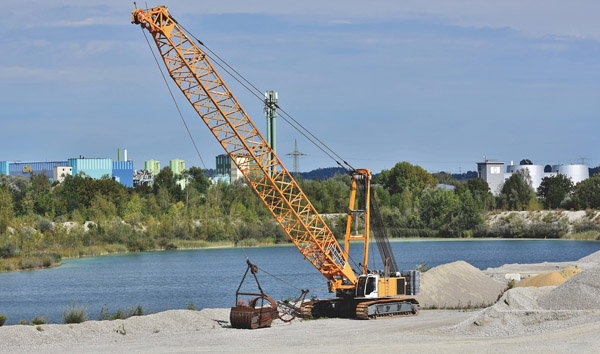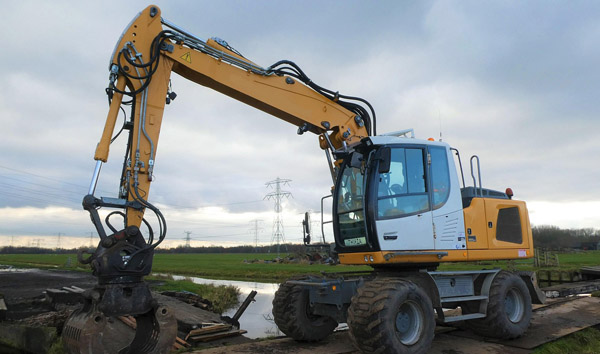The Unseen Powerhouse: How Rough Terrain Forklifts Revolutionize Heavy-Duty Operations
2025-07-19 04:00:31
Rough Terrain Forklifts are engineered to tackle uneven, muddy, or rocky surfaces with unmatched stability. Unlike standard forklifts, these machines feature reinforced tires, higher ground clearance, and advanced suspension systems. According to industry data, the global rough terrain forklift market is projected to grow at a CAGR of 5.8% from 2023 to 2030, driven by increasing demand in construction and agriculture. Their ability to operate in extreme conditions makes them indispensable for off-road logistics.
The design of rough terrain forklifts prioritizes durability and power. Most models are equipped with heavy-duty diesel engines, generating torque outputs exceeding 200 lb-ft to navigate steep inclines. A 2022 study by the International Council of Heavy Equipment Manufacturers revealed that 78% of rough terrain forklifts sold in North America feature four-wheel drive, ensuring optimal traction. Additionally, their hydraulic systems are calibrated for precision lifting, with capacities ranging from 6,000 to 15,000 lbs, catering to diverse industrial needs.
Applications of rough terrain forklifts span multiple sectors, including construction, mining, and forestry. In construction, these forklifts are vital for transporting steel beams, concrete blocks, and other heavy materials across unstable job sites. The mining industry relies on them for loading and unloading ore in remote locations. A 2023 market analysis highlighted that Asia-Pacific accounts for 42% of rough terrain forklift sales, fueled by rapid infrastructure development. Their versatility in harsh environments underscores their operational superiority.
Technological advancements are reshaping the rough terrain forklift landscape. Telematics integration now allows real-time monitoring of fuel consumption, engine health, and load distribution. Leading manufacturers like Caterpillar and JCB have introduced hybrid models, reducing emissions by up to 30%. Industry reports indicate that electrification efforts could capture 15% of the rough terrain forklift market by 2025. These innovations align with global sustainability goals while maintaining performance standards.
Despite their advantages, rough terrain forklifts face challenges such as high maintenance costs and specialized operator training requirements. However, their ROI justifies the investment, with businesses reporting a 20% increase in productivity after deployment. As industries continue to expand into undeveloped regions, the demand for rough terrain forklifts will only intensify. Their role in modern logistics is irreplaceable, solidifying their status as a cornerstone of heavy-duty material handling.














